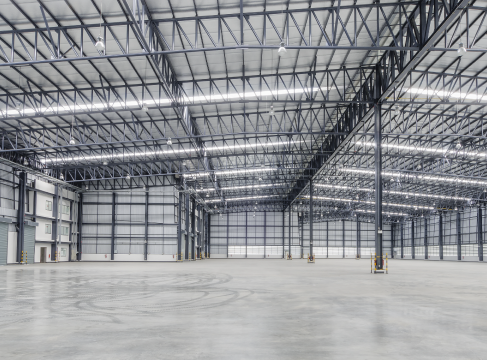Pack Stations
A packing station is a workspace where you pack and label your items for shipping.

Having an efficient packing station can dramatically improve fulfillment accuracy and speed. Packing stations are equipped to host tool, materials, and supplies that are necessary in the packing process. Pack Stations are configured to accommodate these items all while providing you the working room necessary to pack orders as quickly as possible.
What is an ideal Pack Station setup?
Pack station configurations will vary from operation to operation depending on the unique needs of each company. There are, however, some similar, general requirements when it comes to packing. The pack station should be organized to minimize travel for the packers in order to perform the packing process. All pack stations will require workspace for the order items and packing material. The pack station will hold electronic hardware to scan, weigh, and review order information. This hardware can be a scale and computer/tablet. The pack station will need shelving to hold collapsed boxes and envelopes as well as packing cushion product.
Different Types of Packing Stations
Inline Pack Station
An inline Pack Station runs parallel to the conveyor belt. Typically, you will have inline pack stations on either side of a conveyor belt that takes packed orders to shipping. The advantage of an inline pack station is the ease of passing a completed package to the conveyor. Once the order is packed, the packer simply reaches over tabletop and sets order on conveyor.
Adjacent Pack Station
An adjacent pack Station runs perpendicular to the conveyor belt. Similar to the Inline Pack Station, the Adjacent Pack Station also has pack stations on either side of a conveyor belt. The advantage of the adjacent pack station is the amount of pack stations that you can place along the conveyor as the footprint is inherently smaller. When an order is packed, the packer pivots to the right or left to place order on conveyor.